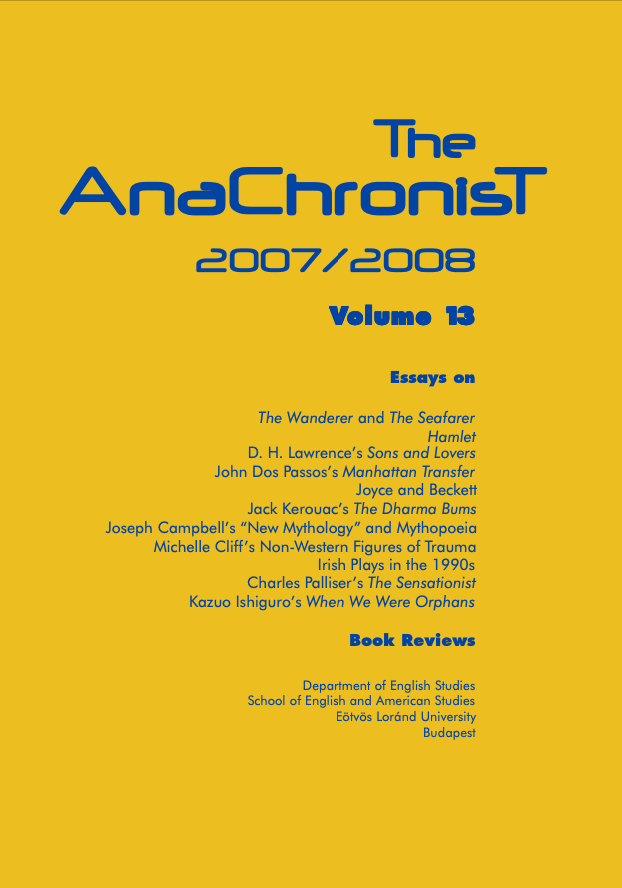Room for Doubt in a Nutshell
(In)finite Spaces vs. Spatial (In)definition in Hamlet
DOI:
https://doi.org/10.53720/MKKH4453Abstract
The present paper attempts to map up the spatial world of Hamlet through the comparative analysis of both the emblematic and idiosyncratic features of Hamlet space. The play's unique position in the Shakespeare canon, its central place in Shake-space, is largely due to the phenomenological as well as hermeneutical complexity of its spatial structure. Hamlet in this respect is the most controversial representative of the established Shakespearean practice of charging space and its constituents (place, location) - both in the physical, metaphorical and conceptual sense - up with distinguished dramaturgical agency. The spatial design of the play takes shape and gain "habitation" through all the major compositional elements of tragedy in manifold local correspondences of plot, character, language, thought and scenery. In the play of all-pervading duplicities the double agency of tragic space is in full accord with all the other constituents of the tragic experience. It is the primary and primordial signifier and signified, agent and instrument of order, stability, constancy and continuity - the repository of tradition as much as the most authentic and expressive instrument of voicing the characteristically interrogative mood and profoundly sceptical mind of the times, the age of its making.

